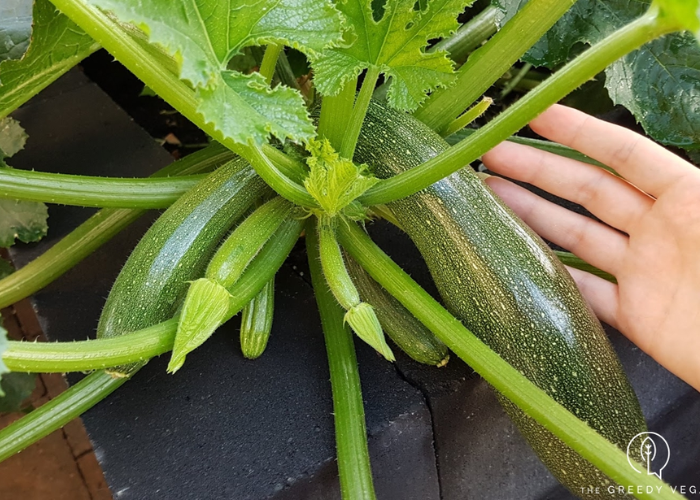Food is a universal language that transcends borders, cultures, and time. It’s not merely a means of sustenance but a canvas of flavors, colors, and aromas that can evoke memories, emotions, and even change our perception of the world. In recent years, there has been a growing awareness of the profound impact of food on our overall well-being. Beyond its nutritional value, food has the power to harmonize our lives and engage all our senses in a delightful dance of taste, smell, sight, touch, and sound. This article delves into the concept of food and lifestyle harmony, exploring how the right choices and mindful practices can elevate our daily existence into a feast for the senses.
The Senses and Food: A Symbiotic Relationship
Before we dive into the depths of food and lifestyle harmony, it’s essential to understand how our senses are intimately linked to our perception of food. The five senses – taste, smell, sight, touch, and sound – work in concert to create a holistic experience when it comes to eating.
- Taste: The sense of taste is perhaps the most obvious connection to food. Our taste buds can distinguish between sweet, salty, sour, bitter, and umami flavors. Each taste contributes to the overall flavor profile of a dish, and the interplay between these flavors can be exquisite.
- Smell: The olfactory system is responsible for our sense of smell, and it plays a pivotal role in our enjoyment of food. In fact, much of what we perceive as taste is actually a result of our sense of smell. Aroma and fragrance can evoke strong emotional responses and memories.
- Sight: We often eat with our eyes first, as the saying goes. The visual presentation of food can greatly affect our perception of its taste and quality. Vibrant colors, artistic plating, and appealing textures can make a meal more enticing.
- Touch: Texture is an often-underestimated aspect of the culinary experience. The crunch of a crispy potato chip or the silky smoothness of chocolate mousse can elevate a dish to a multisensory delight.
- Sound: While not as immediately obvious as the other senses, sound can also influence our perception of food. The sizzle of a steak on a grill, the crackling of bread crust, or the gentle pop of a cork from a bottle of wine can add an auditory dimension to the dining experience.
Food and Lifestyle Harmony: A Multisensory Approach
Achieving harmony between food and lifestyle involves mindful choices and practices that engage all the senses. Let’s explore how each of the senses can be integrated into our daily lives to create a more harmonious relationship with food.
-
Taste: Savor the Flavor
a. Mindful Eating: In our fast-paced world, it’s easy to rush through meals without truly savoring the flavors. Mindful eating encourages us to slow down, chew our food thoroughly, and pay attention to taste sensations. This not only enhances our enjoyment but also promotes better digestion.
b. Culinary Exploration: Expand your palate by exploring different cuisines and ingredients. Trying new foods can be a delightful adventure for your taste buds, awakening them to new experiences. -
Smell: Aromatherapy in the Kitchen
a. Cooking with Fresh Herbs and Spices: Incorporating fresh herbs and spices into your cooking not only adds depth of flavor but also fills your kitchen with enticing aromas. Experiment with basil, rosemary, cinnamon, or cardamom to stimulate your sense of smell.
b. Aromatherapy: Beyond the kitchen, consider using essential oils or scented candles to create a soothing and aromatic atmosphere in your home. Scents like lavender, citrus, and eucalyptus can have a calming effect on the mind. -
Sight: The Art of Plating
a. Culinary Presentation: When preparing meals, pay attention to how you plate your food. Use colorful ingredients, garnishes, and creative arrangements to make your dishes visually appealing. Eating should be a feast for the eyes as much as for the palate.
b. Food Photography: If you enjoy photography, try capturing your culinary creations. This not only enhances your appreciation for the visual aspect of food but also allows you to document your culinary journey. -
Touch: Texture Matters
a. Texture Contrast: Experiment with foods that offer a variety of textures in a single dish. For instance, a salad can have crisp greens, creamy avocado, and crunchy nuts, creating a delightful textural interplay.
b. Hands-On Cooking: Get involved in the cooking process by kneading dough, chopping vegetables, or shaping patties. The tactile experience of cooking can be therapeutic and satisfying. -
Sound: Music and Dining
a. Culinary Playlists: Create playlists of music that complement the cuisine you’re enjoying. Whether it’s Italian opera with pasta or jazz with your morning coffee, music can enhance the dining experience.
b. Silence and Serenity: On the flip side, sometimes the best way to enjoy a meal is in silence, allowing you to focus entirely on the flavors and textures without distractions.
The Role of Mindfulness in Food and Lifestyle Harmony
Mindfulness is a powerful tool in achieving harmony between food and lifestyle. It involves being fully present in the moment, which is particularly valuable during meals. Here’s how mindfulness can be applied to your eating habits:
- Eating with Awareness: Instead of mindlessly consuming food while watching TV or scrolling through your phone, set aside dedicated time for eating. Focus on each bite, savoring the flavors, and appreciating the effort that went into preparing the meal.
- Gratitude Practice: Before each meal, take a moment to express gratitude for the food on your plate. This practice can cultivate a deeper connection to your meals and the source of your nourishment.
- Listening to Your Body: Mindful eating involves listening to your body’s hunger and fullness cues. Eat when you’re hungry, stop when you’re satisfied, and avoid overindulging out of habit or stress.
- Eliminating Distractions: Create a serene dining environment by eliminating distractions. Turn off the TV, put away your phone, and dine in a clutter-free space to fully engage your senses.
Cultural Perspectives on Food and Lifestyle Harmony
Different cultures around the world have their unique approaches to achieving harmony between food and lifestyle. Here are a few notable examples:
- Mediterranean Diet: The Mediterranean diet, characterized by a focus on fresh fruits and vegetables, whole grains, olive oil, and lean proteins like fish, is not only known for its health benefits but also for its harmonious approach to food. Meals are often enjoyed leisurely with family and friends, emphasizing social connection.
- Japanese Tradition: In Japan, the concept of “kaiseki” involves a meticulously crafted multi-course meal that balances taste, texture, and presentation. It’s a culinary art form that exemplifies the harmony between food and nature.
- Indian Ayurveda: Ayurveda, the ancient Indian system of medicine, places great importance on food as a means of achieving physical and mental balance. It categorizes foods based on their impact on the body’s constitution and advocates mindful eating tailored to one’s individual





